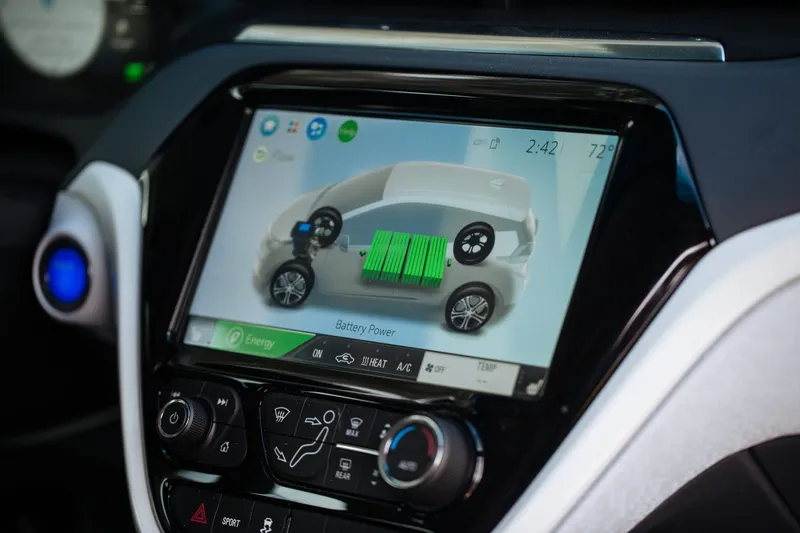Advances in EV battery technology
19/08/2020

Electric vehicles (EVs) become more and more viable with each passing year. This is largely due to one thing: innovations in battery technology. Here, we review the history of EV technology and discuss future innovations.
If you’re interested we also have asupber YouTube interview with one of the globes leading battery engineers here.
History of electric vehicles
While EVs have really taken off in the last decade, they’ve been around for a lot longer than that. The first Electric Vehicles were built in the 1800s. While they were initially quite promising, they were expensive, slow and short-range compared to internal combustion engine vehicles. The first practical electric cars were powered by rechargeable lead-acid batteries and nickel-iron batteries. Although early Electric Vehicles were noted as being quieter and less polluting than combustion vehicles, they could only go 50-100 km on a charge and travel at about 30 km/h. Their popularity waned as the combustion engine rapidly surpassed them.
The modern EV battery
Today, Electric Vehicles can go much farther and faster than their predecessors, with many now giving internal combustion engine vehicles a run for their money.
To find the best Electric Vehicle for you, take a look at our Electric Vehicle buyers guide here.
The gold standard for modern Electric Vehicles batteries is the lithium-ion battery. Initially conceived of in the 1970s, lithium-ion batteries are now used across a wide range of devices, from mobile phones and laptops to EVs. The scientists who developed and improved upon the lithium-ion battery were awarded the Nobel Prize in Chemistry in 2019.
The future of EV battery tech
The future of EV battery tech is being driven by three key issues.
Range
One issue was range, an age-old problem. Many new EV’s now have have a range of range of 400 km, making EVs useful for intra-city and now inter-city commuting.
Environmental Impact
A second issue is the environmental friendliness of EV batteries. The production of lithium-ion batteries has a high greenhouse gas footprint, and the materials used to make EV batteries are toxic and hard to dispose of or recycle.
Lithium-sulfur batteries could be the next big step in EV battery technology. Sulfur is suitably abundant and has a low toxicity, making it a promising solution for minimising the environmental footprint of EV batteries. Furthermore, the battery’s charge lasts four times longer, which would tremendously improve the range of EVs. However, there are still some issues to solve before lithium-sulfur batteries are viable. A big one is the battery’s life expectancy – the composition of the battery means that it degrades a little every time it is charged. They would have to be replaced far more frequently than their lithium-ion cousins.
Lithium-sulfur batteries are one of many technologies out there that are bound to promote the uptake of EVs. Whether its solid-state batteries with their higher energy density or fluoride-ion batteries with their better environmental footprint, EV battery tech is poised to make leaps and bounds in the decade to come. We look forward to future advancements in greener, longer-lasting EV batteries.







